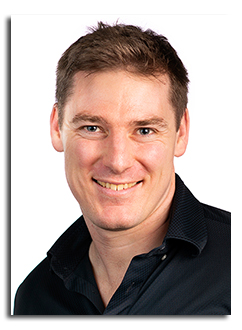
Abstract
In order to characterise and mitigate degradation in crystalline solar cells, a large range of post-firing thermal treatments have been suggested in recent years. In addition to the formation and “regeneration” of bulk defects, such as the boron-oxygen defect and LeTID, an increase in “surface” recombination has also been observed in some structures, while cells annealed at high temperatures have also exhibited decreased fill factors due to an increase in contact resistance.
This talk will explore potential mechanisms for each of these phenomena and how they might be explained by the redistribution of hydrogen from the silicon bulk towards the surfaces.
Click here to see all available video seminars.
Click here to go to the SPREE HOMEPAGE.
Brief Bio
Phill Hamer completed his PhD at UNSW in 2015 and subsequently held a postdoctoral position at the University of Oxford. He returned to UNSW in 2018 to take up an ACAP postdoctoral fellowship. His research interests include hydrogen, defect engineering and degradation of solar cells. He was heavily involved in development of advanced hydrogenation techniques at UNSW under Prof. Stuart Wenham and his current fellowship focusses on improved simulation of hydrogen transport and interactions in solar cell structures.
